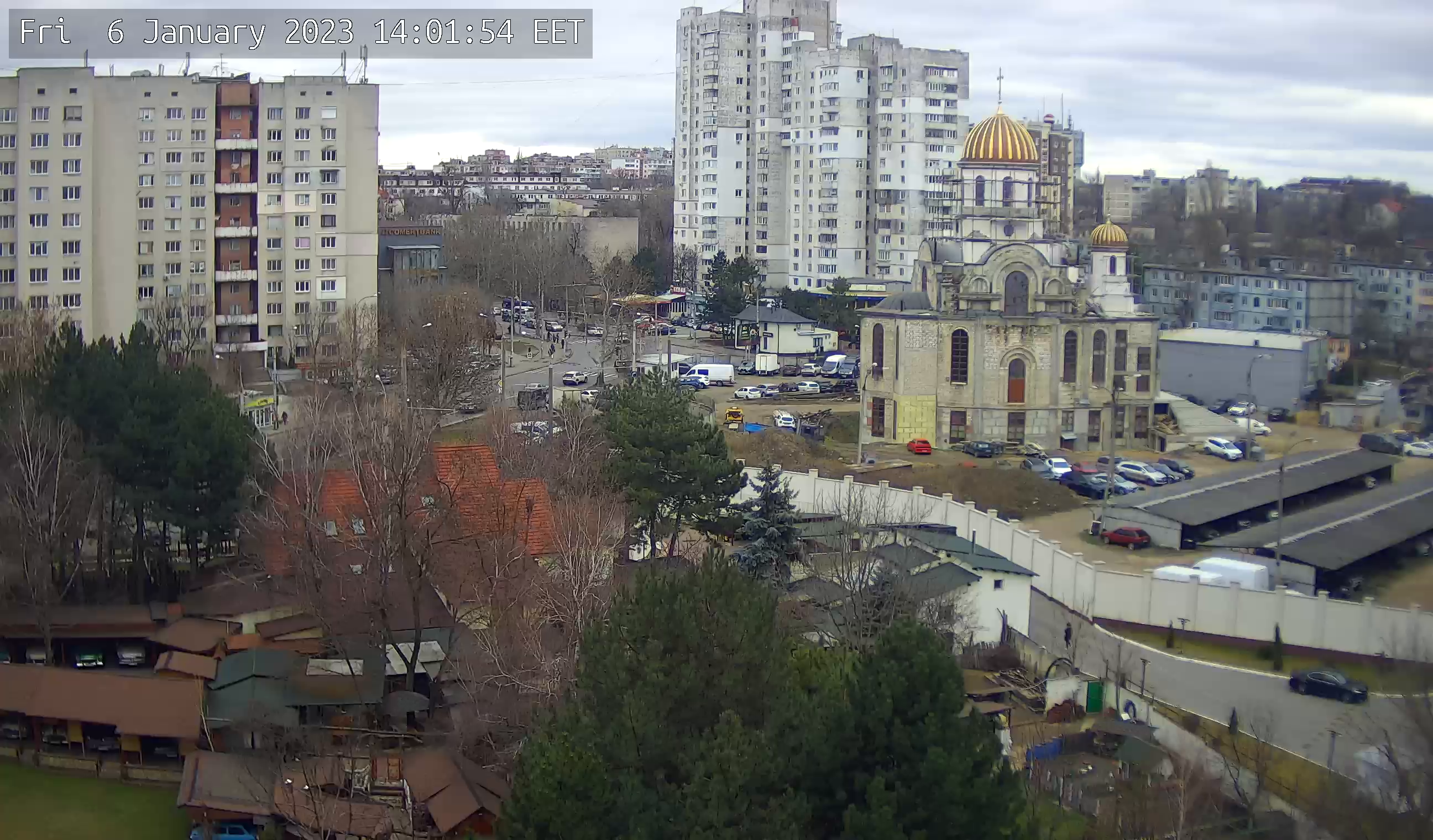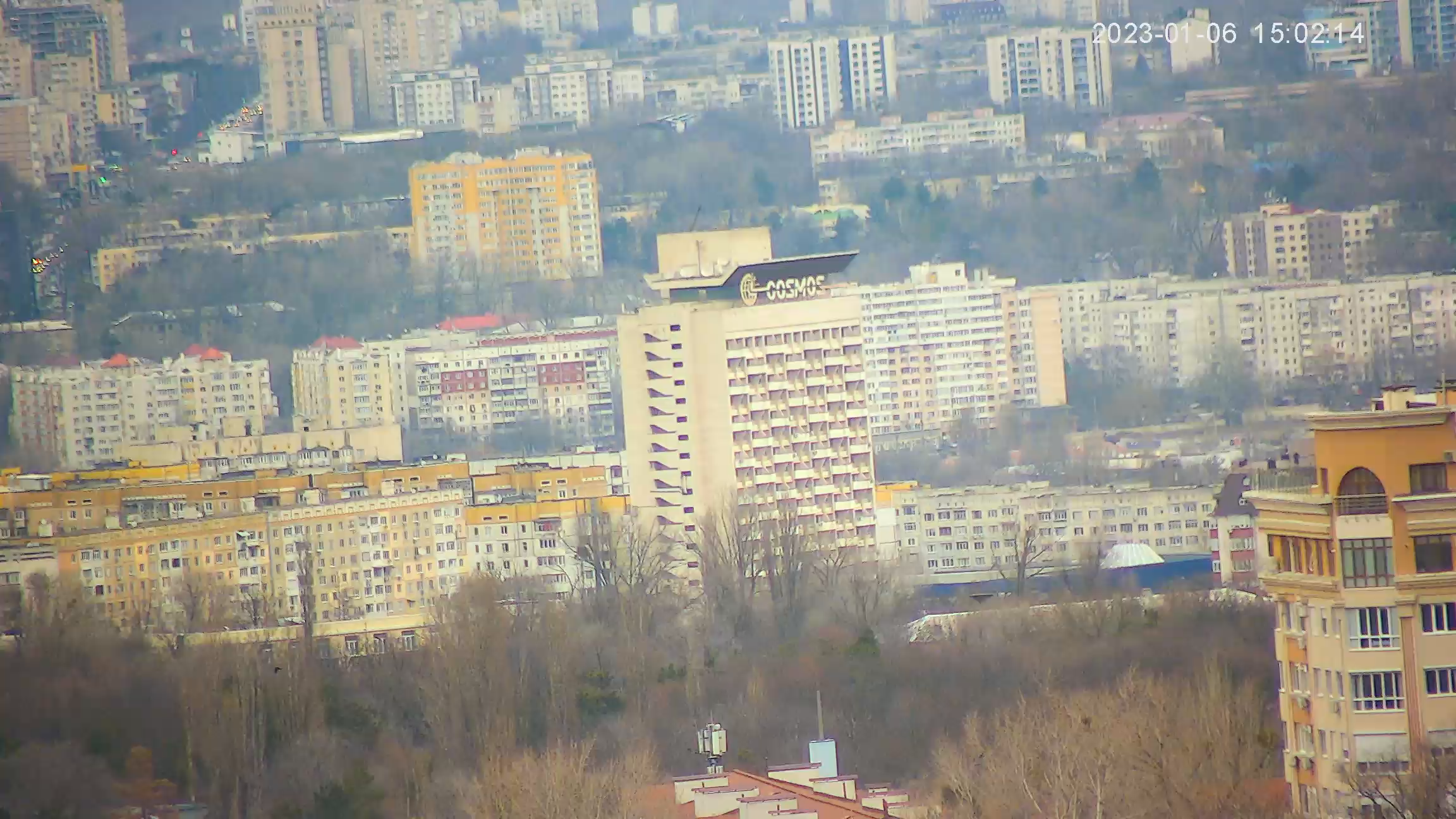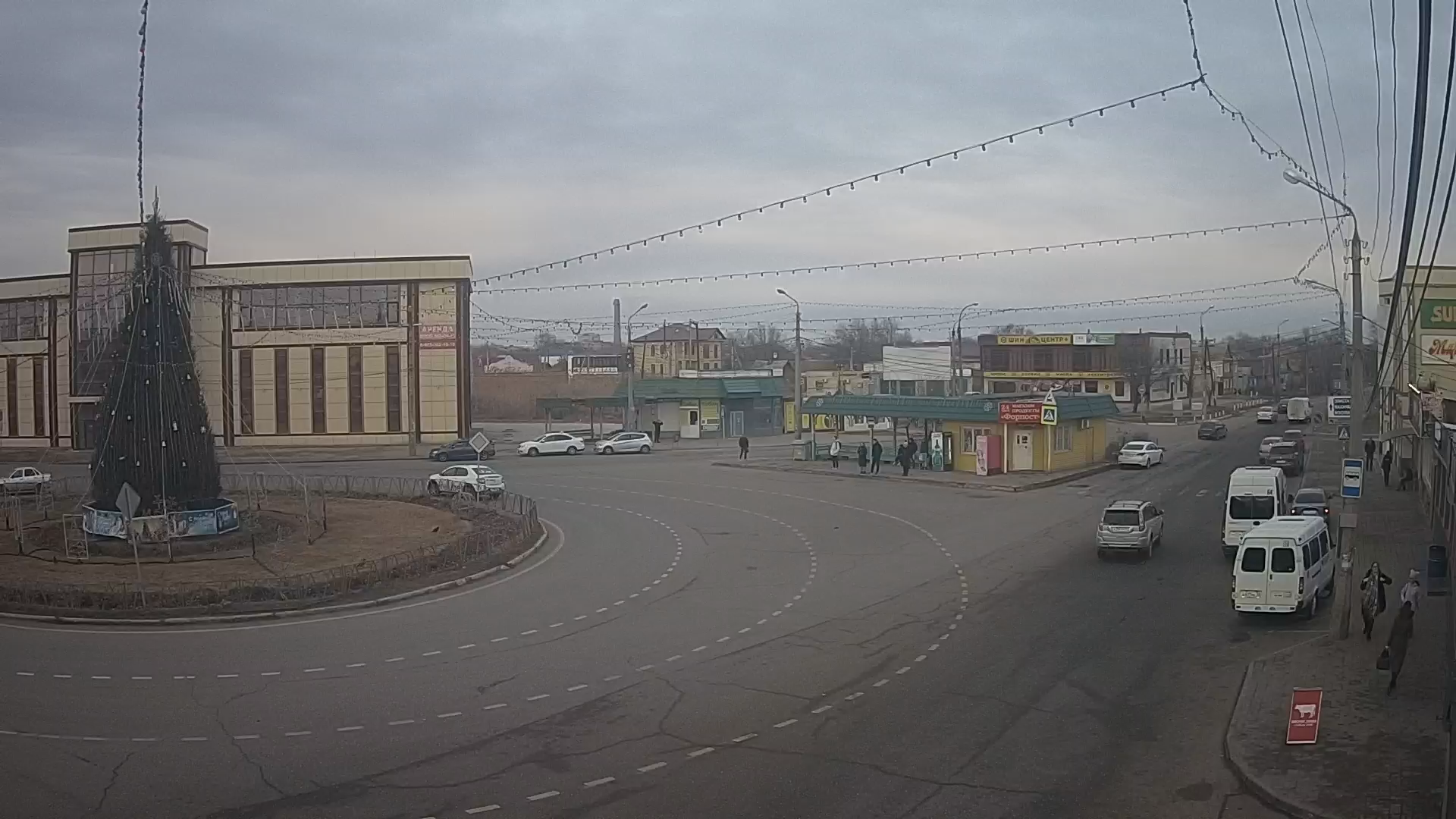Webcam Omsk. Dianova Street, Komkova Street online
In the 60s, Alexander Nikolaevich Dianov, an honorary citizen of Omsk, a communist since 1905, a deputy of the City Council, thinking about the future of the city on the Irtysh, has repeatedly made proposals for the development of the left bank district. And his dream came true. Today's Left Bank, connected to the center of the city by a new bridge over the Irtysh River - fast-growing blocks of beautiful high-rise buildings, schools, squares, stores, children's and medical institutions. Cars rush and streetcars run along the broad thoroughfares. One of the streets here is named after the old Bolshevik.
A.N. Dianov was born in 1887 in the city of Yekaterinburg (now Sverdlovsk), in the family of a worker of Verkh-Isetsky plant. At the same plant, and he began his working life as a delivery boy. It was then eleven years old. Here he began to join the revolutionary struggle.
In 1912, after military service, A.N. Dianov settled in Tyumen. Having got a job as a fitter in the local river steamship line and having established contacts with underground members, he immediately became actively involved in illegal political work among watermen.
With the beginning in 1914 imperialist war Dianov was again drafted into the army and sent to Omsk, in the 26th Siberian çàïàñíûé the shooting regiment, where it was assigned to a locksmith in a gun shop. Here, entering into the soldier's environment, he at once undertook on behalf of the Bolshevik organization to create an underground party group in the unit.
On March 1 (14), 1917 in Omsk came the telegraph message about overthrow of tsarist autocracy and passing of power to the Provisional Government. On the same day in the city were held elections of delegates to the City Council of Workers' and Soldiers' Deputies. One of the representatives of the 26th Siberian Regiment in the Council was elected A. N. Dianov. At the congress of garrisons of Siberia he was elected to the Military District Committee, and at the West Siberian Congress of Soviets - to the executive committee of the West Siberian Council of Workers', Peasants' and Soldiers' Deputies. By the decision of this executive committee he was appointed a commissioner of the district artillery department of Siberia.
On June 7, 1918 units of the Red Army and Red Guards under the pressure of the vastly superior forces of the Czechoslovak Corps were forced to leave Omsk. During this evacuation Dianov was commandant of the lead ship "Andrew the First Called". He participated in the battles with counter-revolutionaries near the city of Tara and the release of Soviet members from detention, in the defense of the city of Tyumen.
After the defeat of Kolchak, he was charged with organizing the rescue of the fleet abandoned by the Kolchakites. He honorably coped with this important task - thirty-six steamships were brought to safety. And when the rivers began to free from ice, Alexander Nikolayevich was appointed commissar of the Irtysh Basin Water Transport Administration. He had a chance to open the first Soviet navigation in Omsk.
In the following years Alexander Dianov paved new routes on the tributaries of the Amur River, bought steamships in Japan for the young Republic of the Soviets, headed the Volga and the Don steamship companies.
Alexander Nikolayevich Dianov died in Omsk in 1975. In memory of him, the Irtysh basin's rivermen named a giant dry cargo ship after him, which every navigation time plies the waters of the Irtysh and the Ob.









